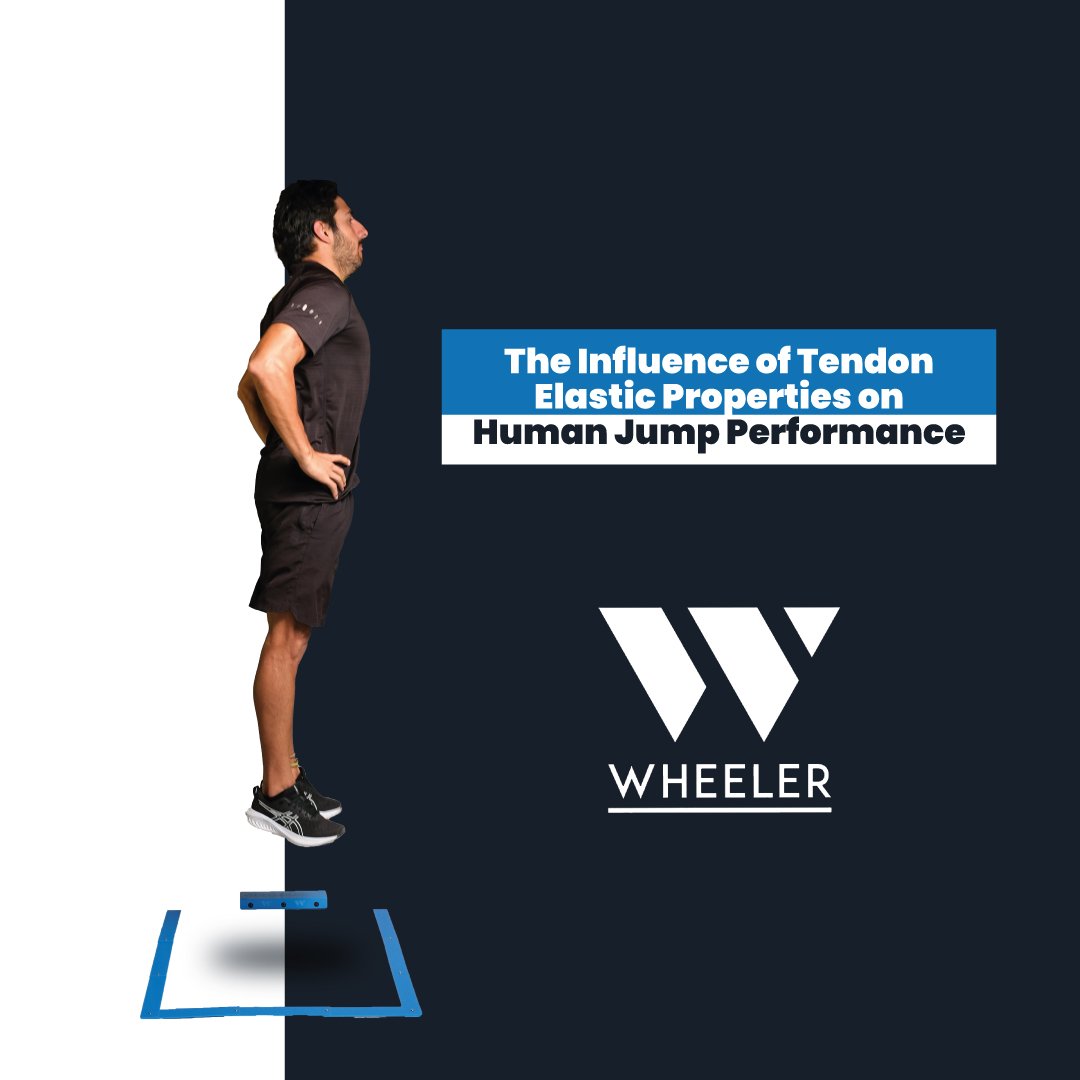High-level sports performance, especially those involving jumping, heavily relies on the ability of muscles and tendons to generate, transmit, and utilize force. Tendons not only connect muscles to bones but also act as “springs” that store and release elastic energy. This article explores how tendon elasticity influences jump performance in humans and why understanding these mechanisms can make a significant difference in both sports performance and injury prevention.
The Elastic Properties of Tendons
Tendons have the ability to behave elastically. Under load, they stretch and store energy, which can then be released during muscle contraction, maximizing movement efficiency. This stretch-shortening cycle is crucial for explosive movements like jumping.
Tendon elasticity allows it to deform under load and then return to its original shape. A more elastic tendon has a greater potential to store energy, which is essential for movements requiring large amounts of force in a short period of time. On the other hand, a tendon that’s too stiff reduces its ability to store energy effectively.
How Tendon Elasticity Affects Jump Performance
Jumping is a biomechanically demanding movement that combines muscle strength, coordination, and proper tendon function. During a jump, the tendon stretches as the muscle contracts, storing energy.
Studies have shown that a more elastic tendon improves jump performance by allowing for more efficient use of muscular energy. Instead of relying solely on muscle strength, the body uses the elastic energy stored in the tendon to reach greater heights when jumping. This not only improves performance but also reduces muscle fatigue, allowing athletes to maintain explosive power for longer.
Tendon Stiffness and Performance
Tendon stiffness is also a key factor. A certain degree of stiffness is necessary for efficient force transmission. However, a tendon that’s too stiff can be counterproductive by limiting its capacity to store elastic energy.
A balance between elasticity and stiffness is crucial for optimal jump performance. A tendon that’s too flexible may reduce force transmission efficiency, while an overly stiff tendon may limit the available elastic energy. It’s vital to customize training programs to optimize this balance.
Training to Optimize Tendon Elasticity
Training can directly influence the elastic properties of tendons. One of the most effective ways to improve elasticity is plyometric training, which includes exercises like repetitive jumps and sprints. These exercises optimize the stretch-shortening cycle, exposing the tendon to repeated loads that induce adaptations in its ability to store and release energy.
Additionally, eccentric training, which focuses on the muscle-lengthening phase under tension, is also effective for improving tendon elasticity. However, balance is key; overtraining or poorly managed training can lead to excessive stiffness or even tendon injuries, such as tendinopathy.
Applications in Sports Performance and Rehabilitation
Understanding how tendon elasticity influences jumping has important practical applications. In sports that require explosiveness, such as basketball, soccer, and track and field, optimizing tendon elasticity can translate into higher jumps, faster accelerations, and greater efficiency in repetitive movements.
In rehabilitation, restoring tendon elasticity is crucial. After an injury, a tendon that has lost its elasticity can compromise performance and increase the risk of re-injury. Rehabilitation programs should focus not only on restoring muscle strength but also on regaining the tendon’s elastic properties.
Conclusion
The elastic properties of tendons are critical to human jump performance. A tendon’s ability to store and release elastic energy not only enhances movement efficiency but also contributes to injury prevention and performance optimization. By understanding and properly training these properties, athletes can reach higher levels of explosiveness and strength while minimizing the risk of injury.
Sign up for our exclusive membership to dive deeper into these topics and enhance your performance!
Author


